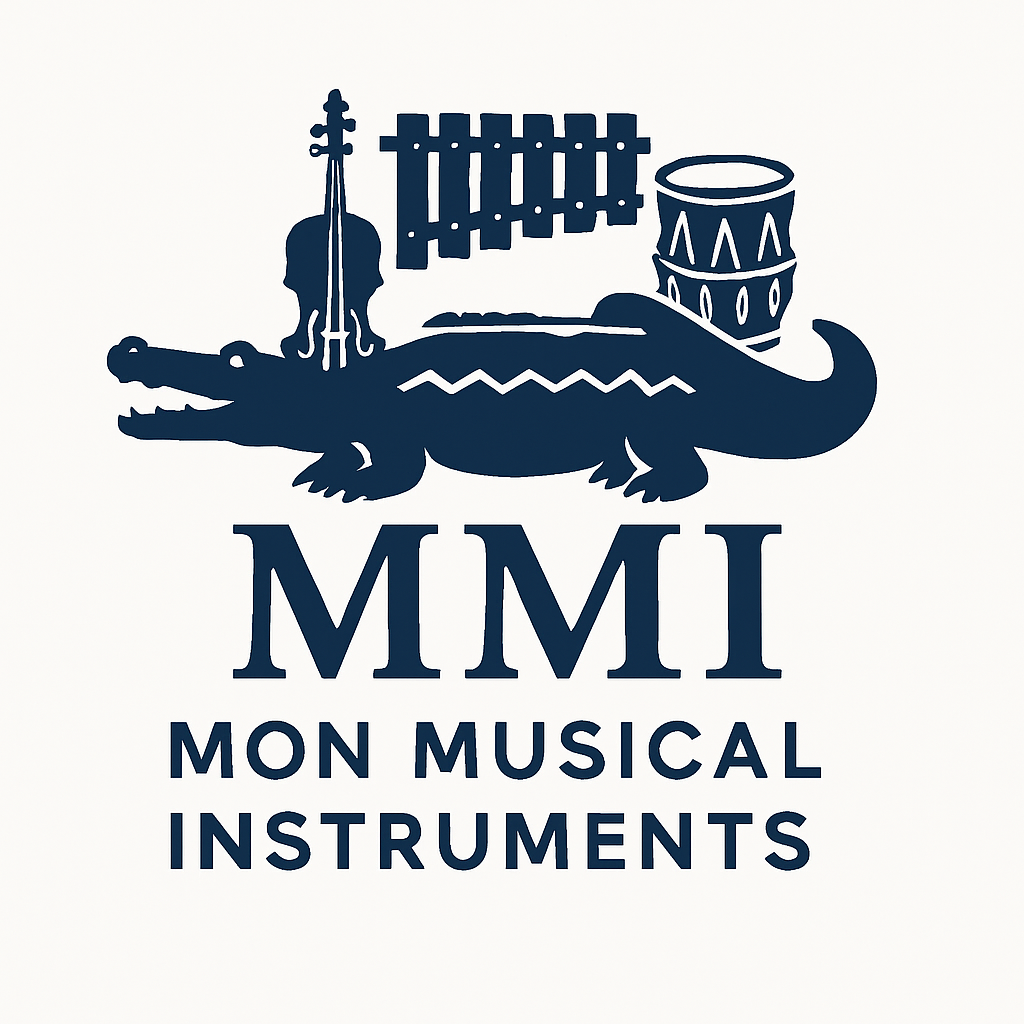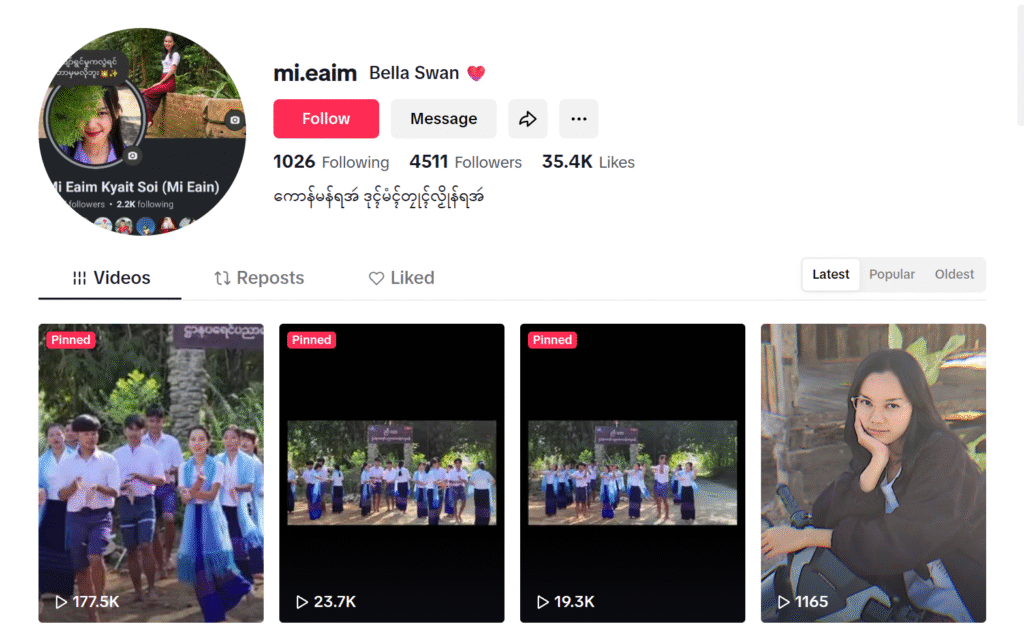What are string instruments?
The Mon music instruments that produce sound through the vibration of stretched strings are known as string instruments. They generate the sound by plucking, bowing, and striking. Mon string instruments are overly fundamental part of the Mon unique musical heritage. the Mon notable Mon string instruments are Kyam/Mi Gyaung (Crocodile Zither), Graw/Mon Htaung Violin Upright Viola/Violin, Gwi (Mon Traditional Guitar), etc…

Gyam
Kyam has three strings and made of wood, specifically Padauck, Taungmin-ae, and Htoun wood. Silk string or nylon string are constructed, and sometimes leather either. In the year 802 AD, the Crocodile zither was part of a musical exchange program with China. Michael Sign from the East India Company who visited King Bodawpaya in 1795, wrote about it in his book.
There are two types of Crocodile Zither: one is played with fingers, and another is with a pick (plectrum). Gyam is played by plucking the strings with the right hand, and use the left hand for stopping the strings (pressing them down on the frets) to alter the notes. The lowest (first) and highest (third) strings are tuned to the fourth note like ‘do’ to ‘fa’ in a scale. The middle (second) string is tuned to the first note like ‘do’.
Its size has about 68 inches long (over five and a half feet). It has 8.5 inches wide, 10.5 inches high, and 17.5 inches around (circumference). In short, the traditional Mon musical instrument called Gyam, shaped like a crocodile, which is made of wood with three strings, as well as played by plucking.
Jor
Htaung Tayaw (Upright) is called “Jor” in the Mon language, which has three strings, and is played with a bow made of horsehair. The strings are tuned to different notes. The fingerboard has no frets, unlike a violin, so players directly press the strings with their fingertips. It can be played with both sharp and flat notes.
The length of Jor is 29 inches, and its body height is 5 ¼ inches. Its size is about 68 inches long (over five and a half feet), 8.5 inches wide, 10.5 inches high, and 17.5 inches around (circumference).


Gwi
The Mon traditional guitar (Gwi) is shaped like a leaf, symbolizing natural elegance and traditional craftsmanship. Its body and fretboard are hollow, enhancing resonance. Seven wooden frets are consistently spaced 0.5 to 1 inch apart, allowing precise pitch control. Compared to the modern guitar, the traditional guitar only has three strings.

Yamanay or Shar wood
The harp is carved into the shape of a crocodile, which is symbolic in Mon culture is known as Yamanay or Shar wood. The crocodile form is representative of the power, protection, and connection to water, which is vital in many Southeast Asian belief systems. The neck decoration is ornamented with a Hintha bird – a mythical bird often seen in Mon and Bagan art, representing grace, loyalty, and Mon identity.
The resonator (soundbox) is covered with tightly stretched animal skin (deer or goat), enriching the acoustic vibration. The sound holes are placed in the skin to allow resonance and tonal clarity. This instrument is played while seated, often on the floor. It resets on the player’s lap or is propped slightly. The right hand plucks the strings by using fingers or pick. The left hand dampens or alters tone for expressive effects. It produces a soft, lyrical tone – ideal for Mon ballads, court songs, and ceremonies. It has 39 inches of body length, 29 ¾ inches of neck height, and 7 ½ inches of body height (depth).
References
Myanmar Gamelan. (2013, September 10). Instruments. Myanmar – WordPress.com. Retrieved July 3, 2025, from https://myanmargamelan.wordpress.com/instruments/
UNESCO ICHCAP. (2014, February 7). Mon traditional crescent gong [PDF]. International Information and Networking Centre for Intangible Cultural Heritage in the Asia-Pacific Region under the Auspices of UNESCO (ICHCAP). https://archive.unesco-ichcap.org/eng/ek/pdf/mon.pdf
Wongraman., O. P. (2022). Research on Classical Mon Music, Songs and Dances.


